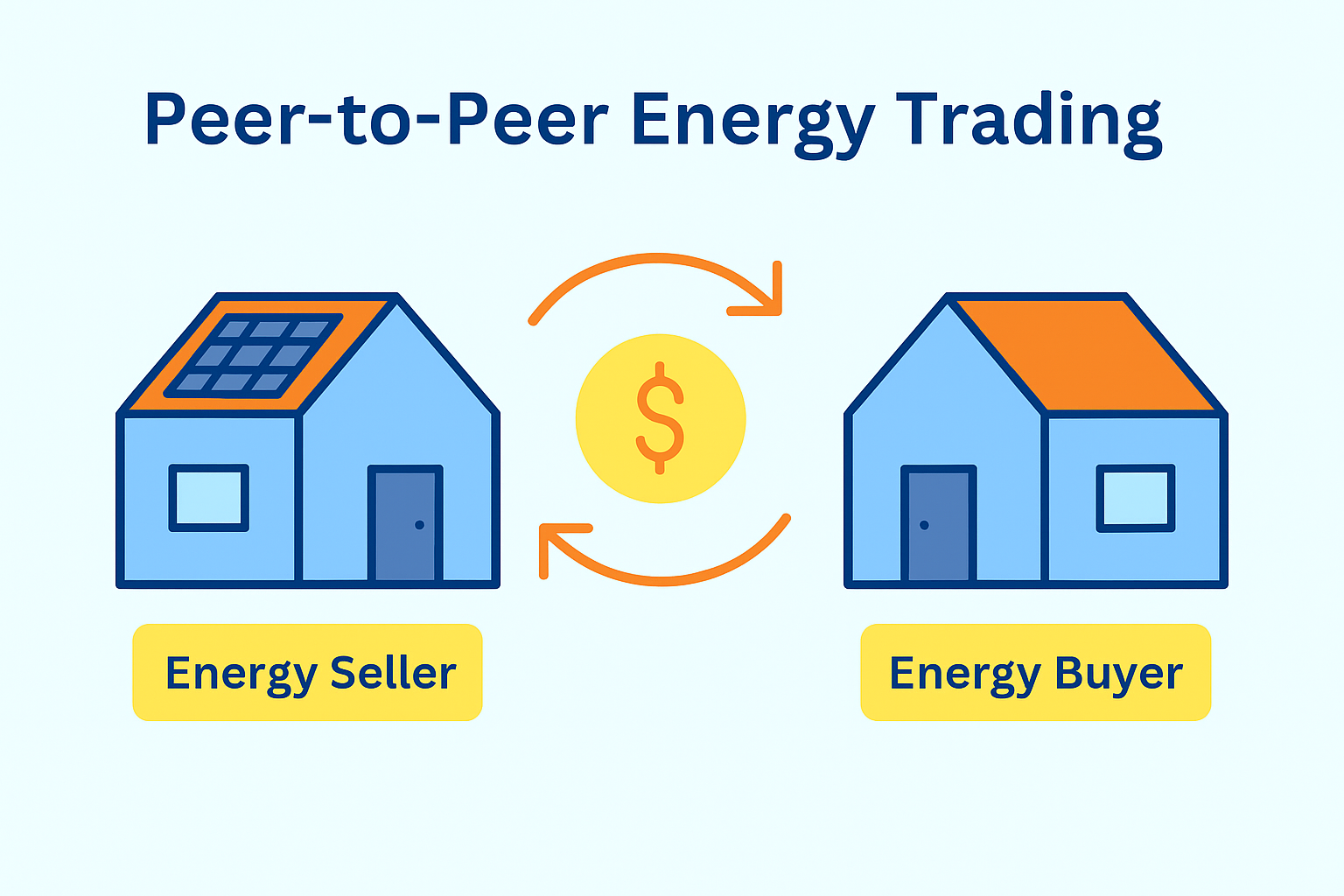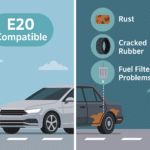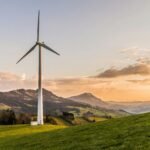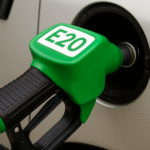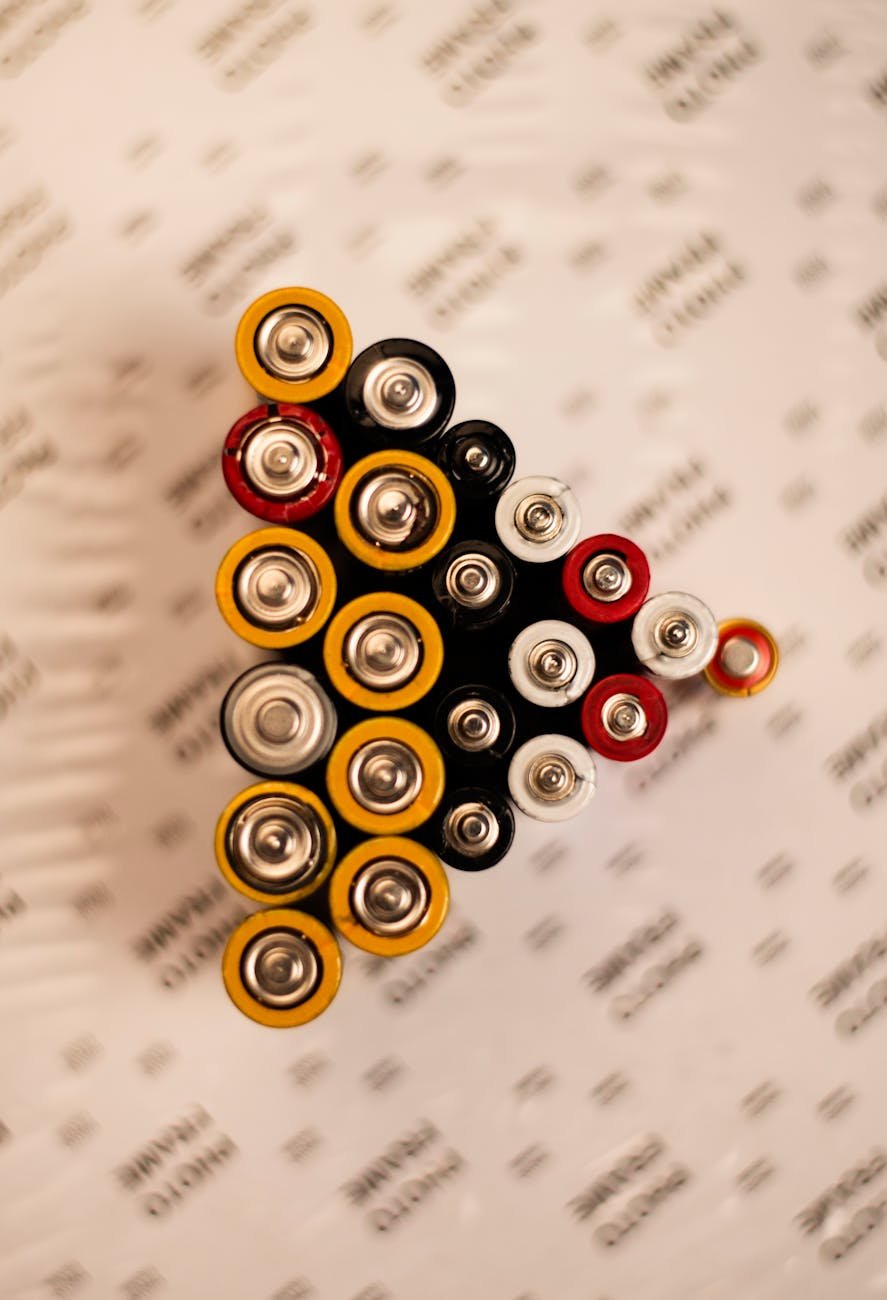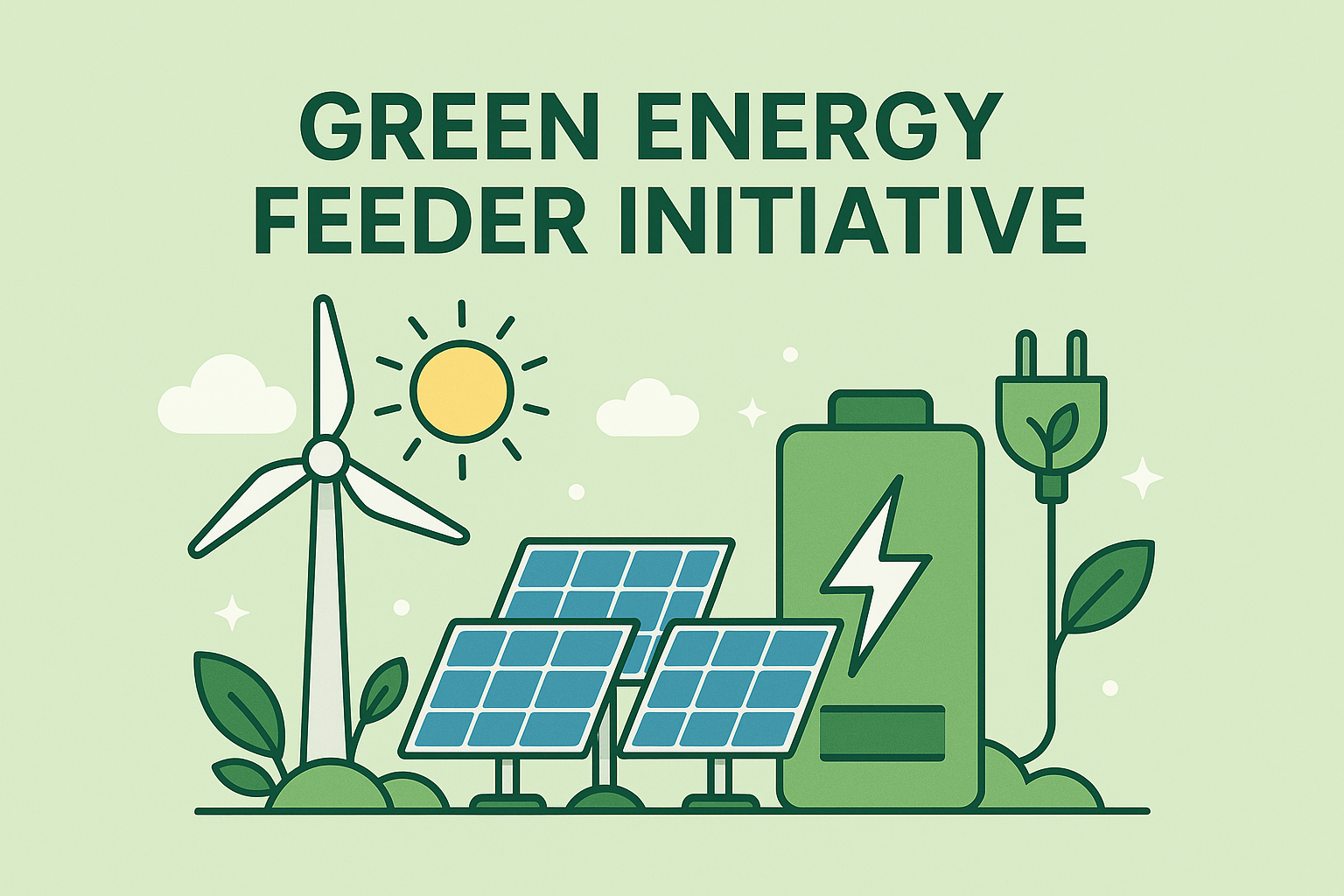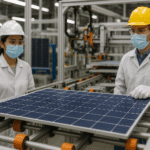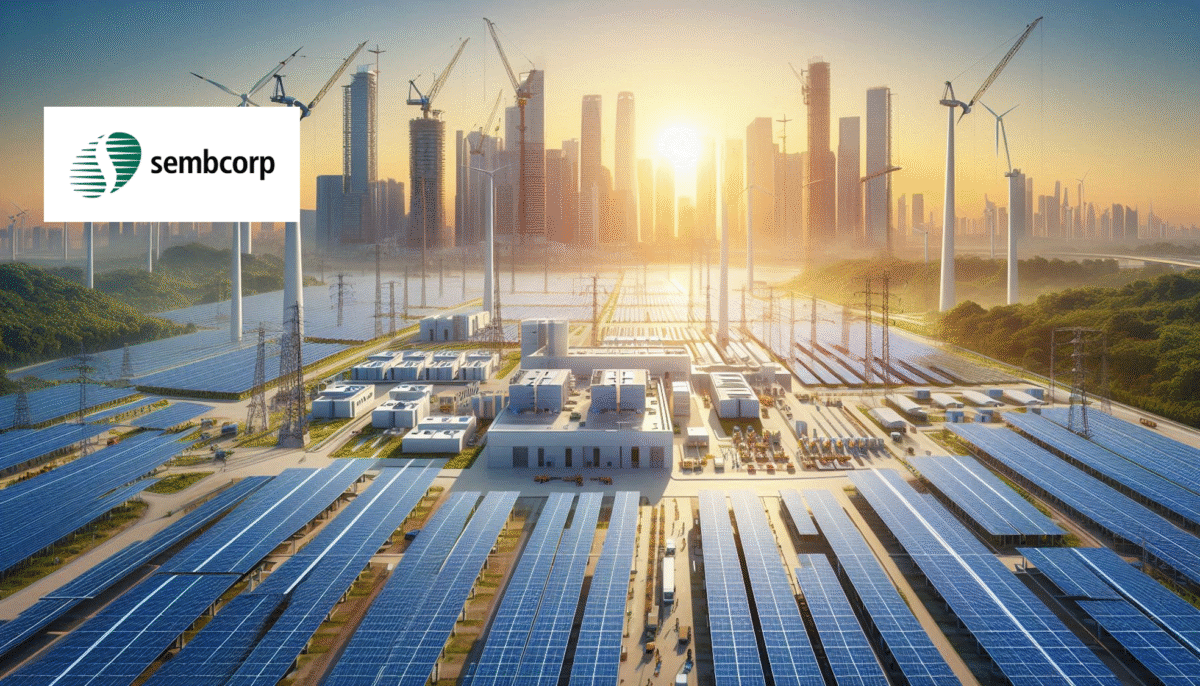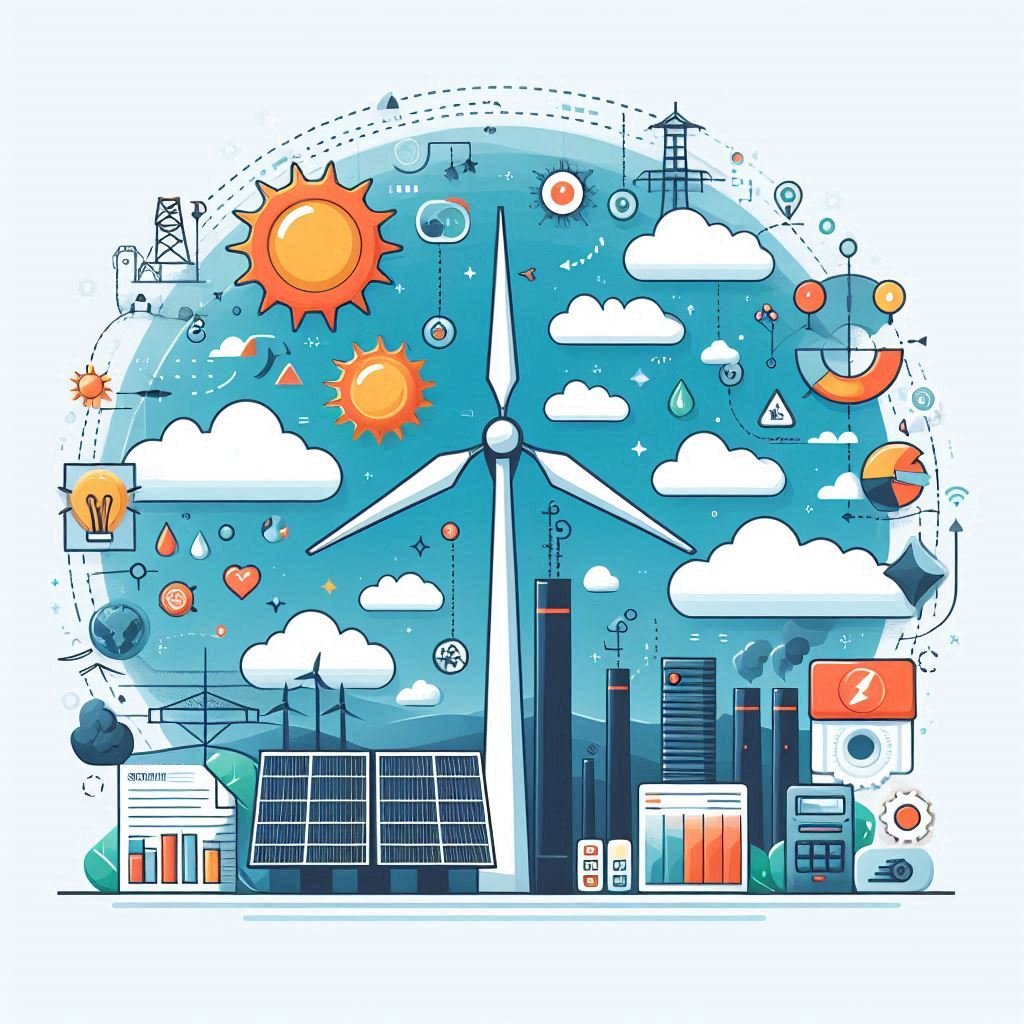“India Energy Storage Week 2025 is poised to be a game-changer, We anticipate a remarkable surge in investment flows towards battery cell manufacturing, EV charging networks, and electrolyzer deployments. The convergence of policy support, private capital, and global expertise positions India to become a leading hub for clean-tech manufacturing.”
-Vinayak Walimbe, Managing Director of Customized Energy Solutions
New Delhi, June 6, 2025 – As India intensifies its transition toward a low-carbon economy, the upcoming India Energy Storage Week (IESW) 2025—scheduled for July 8–10 at the Yashobhoomi Convention & Expo Centre—stands out as a marquee event poised to draw investment commitments exceeding ₹8,000 crore in the fields of energy storage, electric vehicles (EVs), and green hydrogen. Organized by the India Energy Storage Alliance (IESA), this eleventh edition of IESW builds on a decade of efforts to catalyze domestic manufacturing, technology innovation, and foreign collaborations that underpin India’s broader goal of achieving 500 GW of non-fossil energy capacity by 2030.
Context and Significance
India’s power mix is undergoing a rapid transformation. As of April 2025, the country crossed 220 GW of cumulative renewable energy capacity—driven largely by solar and wind additions—while coal-fired generation saw a historic 9.5 percent year-on-year decline in May 2025. Yet, grid integration of variable renewables remains a critical challenge. Energy storage technologies—ranging from lithium-ion batteries to emerging flow batteries—play a pivotal role in smoothing supply peaks and troughs, stabilizing frequency, and enabling round-the-clock green power.
IESW 2025 emerges against this backdrop, aiming to showcase and accelerate solutions that address India’s storage needs, anticipated to reach 75 GW/160 GWh of battery energy storage systems (BESS) by 2030. The event also highlights related sectors—EV charging infrastructure and green hydrogen—both of which depend heavily on reliable, cost-competitive storage and grid flexibility.
Expected Investments and Partnerships
Organizers project that over ₹8,000 crore (approximately USD 960 million) will be committed in back-to-back Memorandums of Understanding (MoUs), equity tie-ups, and technology licensing deals during IESW 2025. Delegations from more than 20 countries, including Australia, Germany, France, the UK, Finland, Canada, the USA, Israel, and South Korea, will participate. Key state governments—Gujarat, Odisha, Telangana, and Chhattisgarh—are joining as official partners, reflecting regional ambitions to become storage and manufacturing hubs.
“Our target is to commission 500 MWh of standalone BESS by 2026. At IESW, we will unveil our modular 2 MWh containerized packs with integrated substation controls, optimized for merchant services and tariff arbitrage. Collaborations forged here will accelerate deployment.”
–Pankaj Sharma, Director of Tata Power’s BESS division
Prominent domestic players such as Tata Power, Adani Energy, JSW Energy, and Reliance New Energy, alongside global conglomerates like Samsung SDI, LG Energy Solution, and CATL, are confirmed exhibitors. Investment bankers and venture-capital funds specializing in clean tech (e.g., Nexus Venture Partners, Falak, and Sayaji Advisors) will be on the ground to facilitate financing rounds for early-stage battery startups and scalable manufacturing projects.
Key Thematic Tracks
IESW 2025 is structured around four primary tracks:
- Advanced Battery Technologies:
Panels will explore lithium-ion cell chemistry evolution, solid-state battery prototypes, and next-gen flow and sodium-ion batteries. The Indian government’s Production-Linked Incentive (PLI) program for Advanced Chemistry Cell (ACC) manufacturing—announced in early 2025 with an outlay of ₹19,000 crore—serves as a major draw, as investors seek to capitalize on up to 70 percent capex subsidy for lithium-ion gigafactories. - Electric Mobility & Charging Infrastructure:
With the FAME II scheme gradually winding down, industry experts will debate the design of FAME III to sustain subsidies for two- and three-wheeler EVs. On the infrastructure side, there will be focused sessions on vehicle-to-grid (V2G) integration, standardization of AC/DC fast-charging protocols, and business models for deploying 4,000+ public fast-charging stations by 2027, as targeted in the Draft National EV Policy 2024. - Green Hydrogen Production & Utilization:
As part of the National Green Hydrogen Mission, India committed ₹19,744 crore in capital subsidies for electrolyzers targeting 5 million tonnes per annum (MTPA) of green hydrogen by 2030. IESW will feature technology demonstrators from Tata Steel, IOCL, and INOX Air Products, detailing scaled-up alkaline and PEM (proton-exchange membrane) stacks. Sessions will examine feedstock supply–chain logistics, and case studies on coupling large-scale solar/wind parks with 100 MW-scale electrolyzers for “green” ammonia and steelmaking. - Grid Integration & Policy Roadmaps:
Stakeholders from the Central Electricity Regulatory Commission (CERC) and Ministry of Power will present on emerging regulations—Draft Green Energy Open Access Rules (2024) and Voltage Regulation Requirements—designed to incentivize storage-backed renewables. Discussions will focus on viability-gap funding (VGF), state-level subsidies, and pilot schemes for remunerating grid ancillary services (frequency regulation, spinning reserves) from BESS.
Past Outcomes and Measurable Impact
Since its inception in 2014, IESW has functioned as a bellwether for India’s energy storage trajectory. In the 2023 edition, deals totaling ₹5,000 crore were announced, including a ₹1,200 crore JV between Mahindra Electric and Panasonic Energy for a 2 GWh gigafactory in Tamil Nadu. Similarly, ₹700 crore in foreign direct investment (FDI) was channeled into emerging battery startups during IESW 2023, demonstrating the event’s catalytic effect.
Participants this year hope to replicate—and exceed—these outcomes by aligning with the National Green Hydrogen Mission and the draft Circular Economy Framework for Battery Manufacturing, which mandates 70 percent local cell content by 2027. Moreover, with India targeting 1 million e-buses by 2027, IESW 2025 will also include a “Mass Mobility” track to engage bus operators, state transport corporations, and tier-2/tier-3 contract manufacturers.



